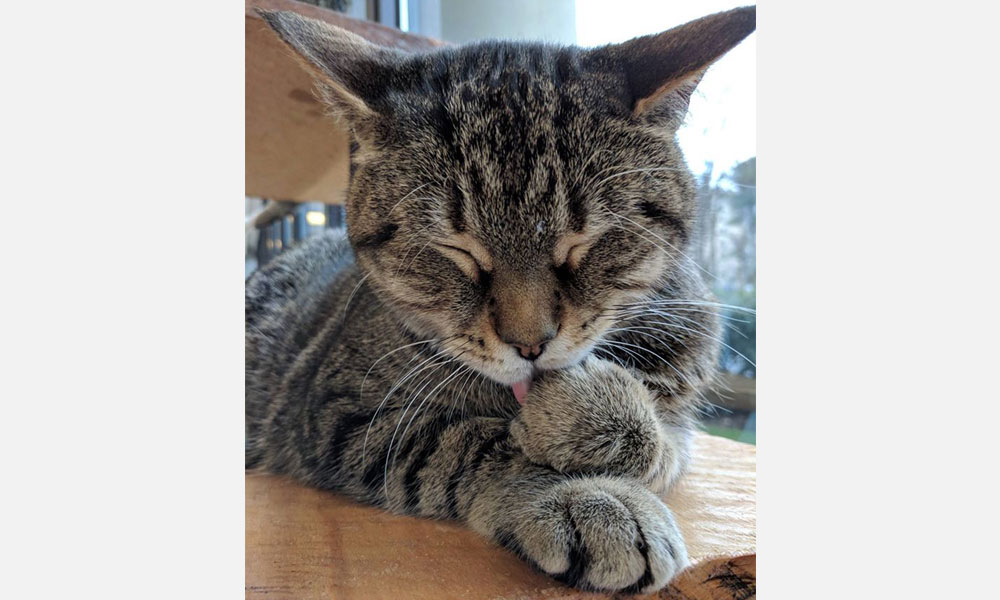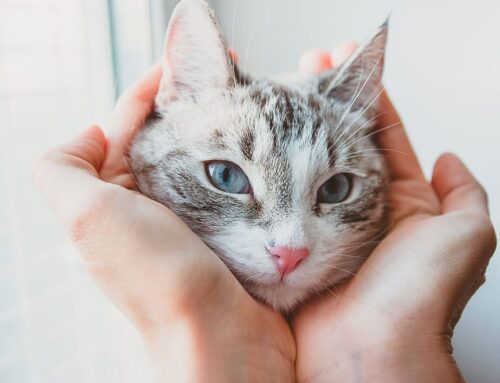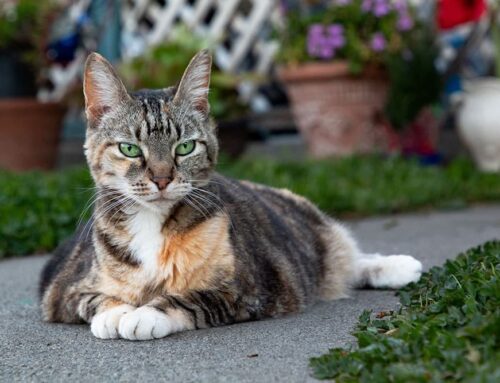Constipation: The Hard Truth
Just like with people, your cat’s gut health can tell us a lot about how the body is doing overall. Any changes in frequency, color or consistency can be a sign that something’s wrong. If your cat typically has a bowel movement daily and then suddenly goes several days without one, they may be getting constipated. While common, it can be very uncomfortable and should be treated quickly.
What is constipation?
Constipation is where the bowels become blocked making the movements less frequent and more difficult. The back-up leads to additional water absorption making the stool harder and more difficult to pass.
What are some of the causes of constipation?
Like most things, the causes range from something simple to more complex problems. Hairballs, not enough moisture in your cat’s diet, obesity, and low fiber are the most typical causes for occasional mild constipation. Opioids like Bupremorphine (Buprenex) used for pain management can potentially cause constipation with continual use in some cats.
Other causes include injury, ingestion of foreign bodies like string, GI cancer, or a disorder called Megacolon.
Megacolon occurs when the nerves of the colon do not function properly causing the muscles in the colon to not contract effectively. When this happens, the muscles become stretched and allow stool to accumulate in the distended colon instead of moving directly into the rectum. When this happens, severe constipation called obstipation results. The overstretched colon and resulting constipation are called Megacolon.
What are the symptoms?

Any change in frequency or consistency should be particularly noted. You may see straining in the litterbox or pacing back and forth but make sure it’s for a bowel movement and not urination. Straining to urinate in the litterbox is a life-threatening emergency and requires immediate treatment.
In the litterbox you may see smaller, drier, or harder stools with bright red blood spots. While not the first thing you think of with a constipated cat, you may see some liquid stool in the box after straining. This can also be a sign of constipation as a small amount of liquid stool squeezes around the harder fecal block.
Other symptoms include loss of appetite, lethargy, sudden change in behavior (normally affectionate cat is now hiding or grumpy), abdominal pain, vomiting, and a sudden change in grooming habits (excessive grooming of abdominal area or lack of grooming altogether).
How can you treat it?
Treatment ranges depending on how severe, but typically involves an enema or two to help soften the fecal mass and may or may not include manual extraction by your cat’s healthcare team. X-Rays will likely be needed to confirm constipation and see how bad the blockage is. Fluids may be given to help with hydration and stool softeners or laxatives may be administered to help move the remaining stool. If a foreign body is suspected, surgery will be needed to remove the object. Megacolon treatments range from de-obstipation (the manual removal of the stool requiring sedation/anesthesia) to surgery.
Can you prevent it?

While you can’t 100% prevent constipation, there definitely things you can do to help encourage your cat to have bowel movements. In mild cases, dietary management, regular stool softeners or laxatives, and an increase in fiber can help. For more severe cases, there are drugs that can help stimulate contraction of the colon.
Remember to keep a clean litter box in a quiet place to help your cat feel more comfortable and encourage more frequent use. Keeping your cat hydrated is essential – wet food, cat water fountains, whatever you can to help them drink more.
Constipation is a common problem especially among middle aged and older felines. With proper treatment and some lifestyle changes, your Just Cats team can help your cat get regular and feeling like themselves again!













